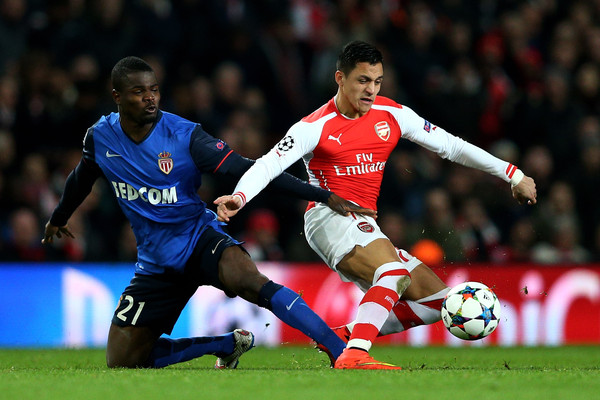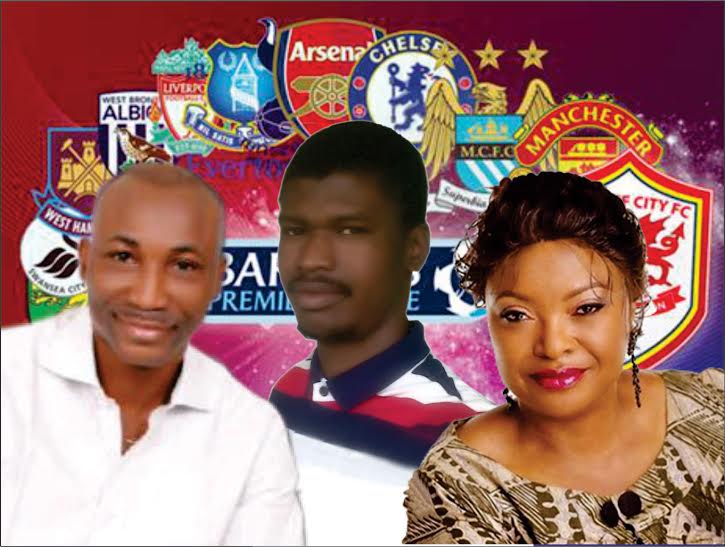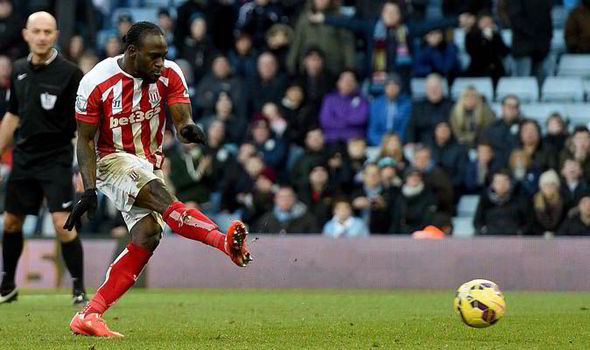Another mid-week, another round of UEFA Champions League (UCL) fixtures to keep us busy.
Football fans can barely get their minds off Europe’s elite competition these days, thanks to the extension of fixtures over four weeks instead of a fortnight break. Atletico got beaten in Germany by Bayer Leverkusen, a sumptuous goal by Hakan Calhanoglu settling the affair. Barcelona flexed their continental muscle while Monaco showed that it’s not all about classy lifestyles in the principality: they actually can play against the ‘best’, that is if Arsenal can be considered in that category. Two things in particular got the mind into overdrive afterwards, while others lay in waiting.
ITALIAN CLUBS NEED THE JUVENTUS MODEL
When Calciopoli dawned on Italian football in the summer of 2006 and Juventus were sent down a division, the Old Lady of Turin was the laughing stock of Italy. The two Milan clubs – Inter Milan and AC Milan – basked in the euphoria and shared the Serie A in the decade which followed.
Although Juventus returned to the top flight the following season, plans to recapture Italian football were set into work when the club, under the ownership of the Agnelli family and spearheaded by shrewd businessman Andrea Agnelli, decided to be in charge of its finances by leaving previously council-owned and shared Stadio Delle Alpi to build its brand new 41,000-capacity Juventus stadium in 2011/12. The Turin-based club celebrated their first season at the stadium with the Serie A title and have monopolised the league ever since, winning the last three seasons and are well on their way to winning a fourth consecutive title while both Milan clubs languish in mid-table more than 20 points behind. Although Inter won the UEFA Champions league in 2010 while AC Milan last won it in 2007, it is now a far cry seeing Italian teams in the latter stages of the competition. The last time an Italian club went as far as the quarter final stage was in 2013 with Juventus, same year Italy’s allocation was reduced to three while Germany’s was increased to four.
Advertisement
The Germans have deserved it though, and they consolidated on their new found position by supplying at least three teams in the latter stages ever since, while both Borussia Dortmund and Bayern Munich contested the 2013 final at Wembley. German football came back into reckoning at the turn of the decade with emphasis on academy products and sell-out stadiums via low match-day ticket prices – a model partially expunged from the English league.
Italian teams hardly fill their stadia and attendances – which have been tumbling yearly – are now at an average of just above 20,000 while the Germans look healthy on 40,000 average attendance. For Italian teams to match these statistics and return to European reckoning, they’d have to shake off their mafia-style management system.
Clubs need to build their own stadiums – just like Juventus did – and have better control of their finances rather than continue with renting stadia built by local councils and which they have no control over. This would improve revenues like Juve have been enjoying ever since, and they would be able to invest more on buying and improving players. Only this can save them from the devil within – just like Parma are currently experiencing – and regain their birth right ‘stolen’ but well utilised by the German clubs.
Advertisement

MAN CITY’S EUROPEAN NIGHTMARE
So, tell me, what exactly is Manchester City’s problem in Europe?
After storming into the big-club category since the turn of the decade, the Mancunians have found the going tough in Europe. Roberto Mancini was hounded out as a tactical failure while also blaming his inability to motivate the numerous egos in the team. The coming of Manuel Pellegrini to the Etihad stadium was seen as a move signalling City’s European intent. The Chilean had led less-fancied Malaga and Villarreal to within seconds of a semi-final and final berth respectively in Europe’s elite tournament and had also coached Real Madrid before his Premier League switch.
A supposedly tactically-astute manager, the 61-year-old engineer by trade has an embarrassment of stars to pluck from but was left looking forlorn on the bench on Tuesday night. Many a fan has pointed out that the City midfield missed the influence of reigning AFCON winner and talisman, Yaya Toure in their loss to a Luis Suarez-inspired Barcelona. However, it should be noted that the four-time African player of the year and former Barcelona player was present when they crashed out to his La Liga champions last season and has been ever-present in their near-turbulent three-year stint with the competition. This therefore points out to an underlying problem within the ranks, a psychological problem.
City’s problem is basically a tale of lack of mentality – and self-destruction. Similar scenario played out at the Santiago Bernabeu stadium where Real Madrid failed to qualify for the quarter final stage for six consecutive seasons, despite being pitted against less glamorous opponents until the arrival of Jose Mourinho who led the Spanish capital club to three consecutive semi-finals and Carlo Ancellotti finished the job with the trophy last season.
Advertisement
City pushed the self-destruct button too far this season by failing to claim maximum points in its first four games – even against CSKA Moscow over two legs – and had a Bayern Munich which switched off in their penultimate group game to thank for claiming their one of two maximum points and coming thus far. Probably the City boardroom wants a managerial change, or perhaps there is the need for a psychologist on the training staff (they could ask Liverpool and the English national team for a helping hand!).
But whatever the power brokers of the Arab-backed club decide, it is hoped that Manchester City do not fall into the abyss Real Madrid found itself prior to claiming its much-coveted La Decima.
Fancy Jose or Carlo eh, City?
Advertisement
OTHER TIT-BITS
The last time Arsenal found its way past the round-of-16 was in 2009/10 season when they defeated Porto before getting knocked out in the quarter final by Barcelona. Ever since, their record is a wretched one – four consecutive round-of-16 exits ever since – four consecutive seasons of disappointment, and this season looks to be the fifth following a shocking display in the 3-1 loss to Monaco at the Emirates.
Gunners fans have always pointed to the fact that in those four seasons they have faced powerhouses Bayern Munich (twice), AC Milan (when they were still considered a European force) and Pep Guardiola’s slick Barcelona side. When Monaco was drawn from the pot in December, Arsene Wenger’s side was dead-pan favourite to progress to the next stage in this tie. However, the Frenchman needs to conjure up the spirit of the Invincibles to see his team break their jinx against his former side, or they’d have equalled Real Madrid’s wretched record come a fortnight time.
Advertisement
Also, Atletico Madrid could have handed Bayer Leverkusen – leading by a 1-0 score line– a lifeline in the second leg following midfield orchestrator and lynchpin, Tiago Mendes’ red card in Germany. Atletico Madrid served their usual dead-ball tricks and aggressive playing style, all of which met a brick wall against a Lars Bender-led Bayern midfield. A former Chelsea player and Portuguese international, the 33-year old got served a dose of his team’s rough playing style and coupled with the ever-willing running of the Germans, he lost his usual, deceptive cool and will sit out the second leg, thereby giving Diego Simeone a massive job to fill the gap in the vital midfield anchor man position.
Good luck to the Argentinean La Liga-winning coach.
Advertisement
Add a comment







